
Pope Innocent IX, born Giovanni Antonio Facchinetti, was head of the Catholic Church and ruler of the Papal States from 29 October to 30 December 1591.

Pierre d'Ailly was a French theologian, astrologer and cardinal of the Roman Catholic Church.

Paulus Castrensis was an Italian jurist of the 14th century.

Francesco Zabarella was an Italian cardinal and canonist.

Girolamo Mercuriale or Mercuriali was an Italian philologist and physician, most famous for his work De Arte Gymnastica.

Paul of Venice was a Catholic philosopher, theologian, logician and metaphysician of the Order of Saint Augustine.

Antonio Possevino was a Jesuit protagonist of Counter Reformation as a papal diplomat and a Jesuit controversialist, encyclopedist and bibliographer. He was the first Jesuit to visit Muscovy, Sweden, Denmark, Livonia, Hungary, Pomerania, and Saxony in amply documented papal missions between 1578 and 1586 where he championed the enterprising policies of Pope Gregory XIII.
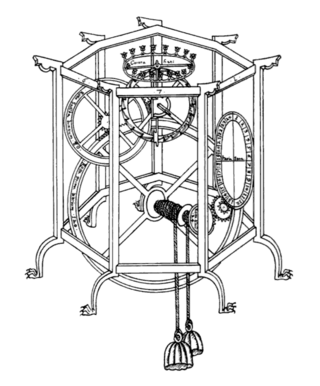
Giovanni Dondi dall'Orologio, also known as Giovanni de' Dondi, was an Italian physician, astronomer and mechanical engineer in Padua, now in Italy.
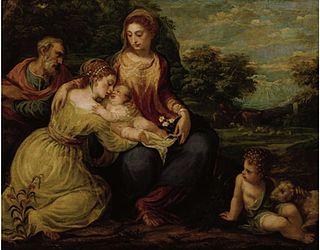
Andrea Meldolla, also known as Andrea Schiavone or Andrea Lo Schiavone was an Italian Renaissance painter and etcher, born in Dalmatia, in the Republic of Venice to parents from Emilia-Romagna, active mainly in the city of Venice. His style combined Mannerist elements, a relative rarity in Venice, with much influence from the mainstream of Venetian painting, especially Titian.
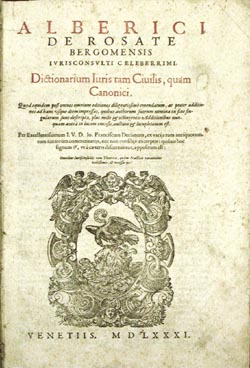
Albericus or Alberico de Rosate was an Italian jurist.

The Diocese of Padua is a Latin diocese of the Catholic Church in Veneto, northern Italy. It was erected in the 3rd century. The diocese of Padua was originally a suffragan (subordinate) of the Patriarchate of Aquileia. When the Patriarchate was suppressed permanently in 1752, it became a suffragan of the Archdiocese of Udine. In 1818, when the dioceses of northern Italy were reorganized by Pope Pius VII, it became a suffragan of the Patriarchate of Venice, and remains so today.
Bartolomeo Spina was an Italian Dominican theologian and scholastic philosopher.

Tiberio Deciani or Decianus (1509–1582) was an Italian jurist working in the tradition of Renaissance humanism.
Lancelotto Politi was an Italian Dominican canon lawyer, theologian and bishop.
Serafino Porrecta was an Italian Dominican theologian.
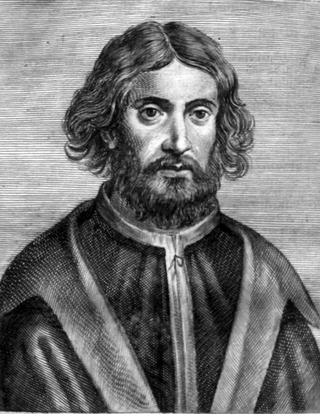
Palma Vecchio, born Jacopo Palma, also known as Jacopo Negretti, was a Venetian painter of the Italian High Renaissance. He is called Palma Vecchio in English and Palma il Vecchio in Italian to distinguish him from Palma il Giovane, his great-nephew, who was also a painter.
Galvanus de Bettino was an Italian theologian. He was the first to hold the chair in canon law at Fünfkirchen in Hungary in 1371.
Francesco Capuano Di Manfredonia was an Italian astronomer, professor, and member of the clergy. Up until the 1880s there wasn't a lot known about Capuano, and the little bit that was known was derived directly from his printed works.
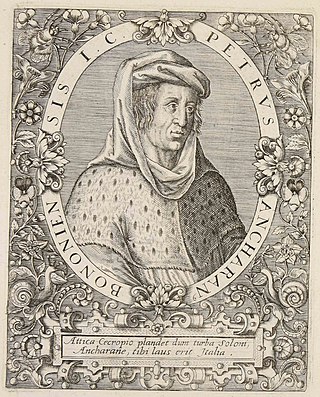
Peter of Ancarano was an Italian jurist. He worked in the tradition of Giovanni d'Andrea. He earned the Latin nickname anchora juris, and was also known as Pietro de Farneto.
Blasius of Parma was an Italian philosopher, mathematician and astrologer. He popularised English and French philosophical work in Italy, where he associated both with scholastics and with early Renaissance humanists.














